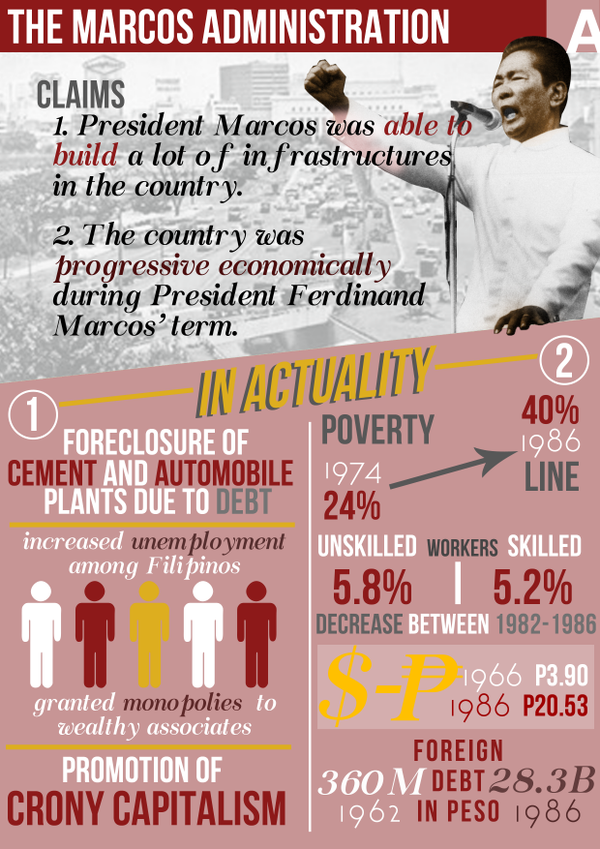The Growth And Historical Context Of Martial Arts Worldwide
The Growth And Historical Context Of Martial Arts Worldwide
Blog Article
Posted By-Sutton Odonnell
Martial arts have a remarkable background that covers centuries and continents. You could discover it fascinating exactly how old methods like Shuai Jiao and Kalaripayattu laid the groundwork for modern fight techniques. These self-controls not only emphasize physical abilities however likewise reflect the societies that birthed them. As you discover their development, think about how globalization has transformed these typical types into crossbreed styles. What white martial arts actor do you believe have formed today's martial arts landscape?
Ancient Martial arts: The Foundations of Fight
As you delve into the globe of old martial arts, you'll discover the abundant structures that formed combat strategies across cultures. Early techniques concentrated on Self-Defense and survival, frequently integrating strikes, hurting, and weapons.
In ancient China, as an example, strategies like Shuai Jiao emphasized throws and joint locks, while India's Kalaripayattu showcased dexterity and fluid activity. Japanese samurai created Kenjutsu, a polished swordsmanship that highlighted technique and strategy.
These martial arts served not just for battle yet likewise as a means of individual growth, instilling worths like respect and determination. The blending of these strategies in time prepared for the varied martial arts you see today, each showing the special approaches and requirements of its culture.
The Cultural Impact on Martial Arts Development
While martial arts usually show the useful requirements of a culture, they likewise symbolize the social values and ideas of their origins. When you check out various martial arts, you'll discover how they're affected by religious beliefs, approach, and social standards.
For instance, the focus on respect and technique in Japanese martial arts originates from Zen Buddhism and samurai society. In contrast, Brazilian Jiu-Jitsu promotes versatility and technique, shaped by the need for effectiveness in a diverse, modern atmosphere.
You might discover that the routines, attires, and training methods mirror an area's history and identification. By understanding these cultural influences, you grow your admiration of martial arts and their role fit human experiences around the world.
Modern Adaptations and the Globalization of Martial arts
Martial arts have transformed considerably in current years, adjusting to contemporary culture and global influences. You'll see that typical kinds have blended with modern methods, creating hybrid styles like mixed martial arts. mouse click the up coming article deal with diverse target markets, making martial arts accessible and attractive around the world.
With the rise of social media and digital platforms, you can locate tutorials and competitions from all edges of the world, breaking geographical obstacles. This globalization has caused a common appreciation for various disciplines, from Brazilian Jiu-Jitsu to Taekwondo.
As you involve with these arts, you'll understand they're not almost fight; they advertise fitness, self-control, and mental health.
Ultimately, contemporary adjustments have actually enriched the martial arts landscape, making it a vibrant and developing practice.
Final thought
In checking out the history and advancement of martial arts, you uncover a remarkable blend of techniques, societies, and viewpoints. From old techniques like Shuai Jiao and Kalaripayattu to the modern versatility seen in mixed martial arts, martial arts mirror humanity's mission for Self-Defense and personal growth. As you involve with these methods, you not only acquire abilities but likewise a deeper admiration for the diverse customs that shape our world today. So, proceed your trip and welcome the art of battle!
